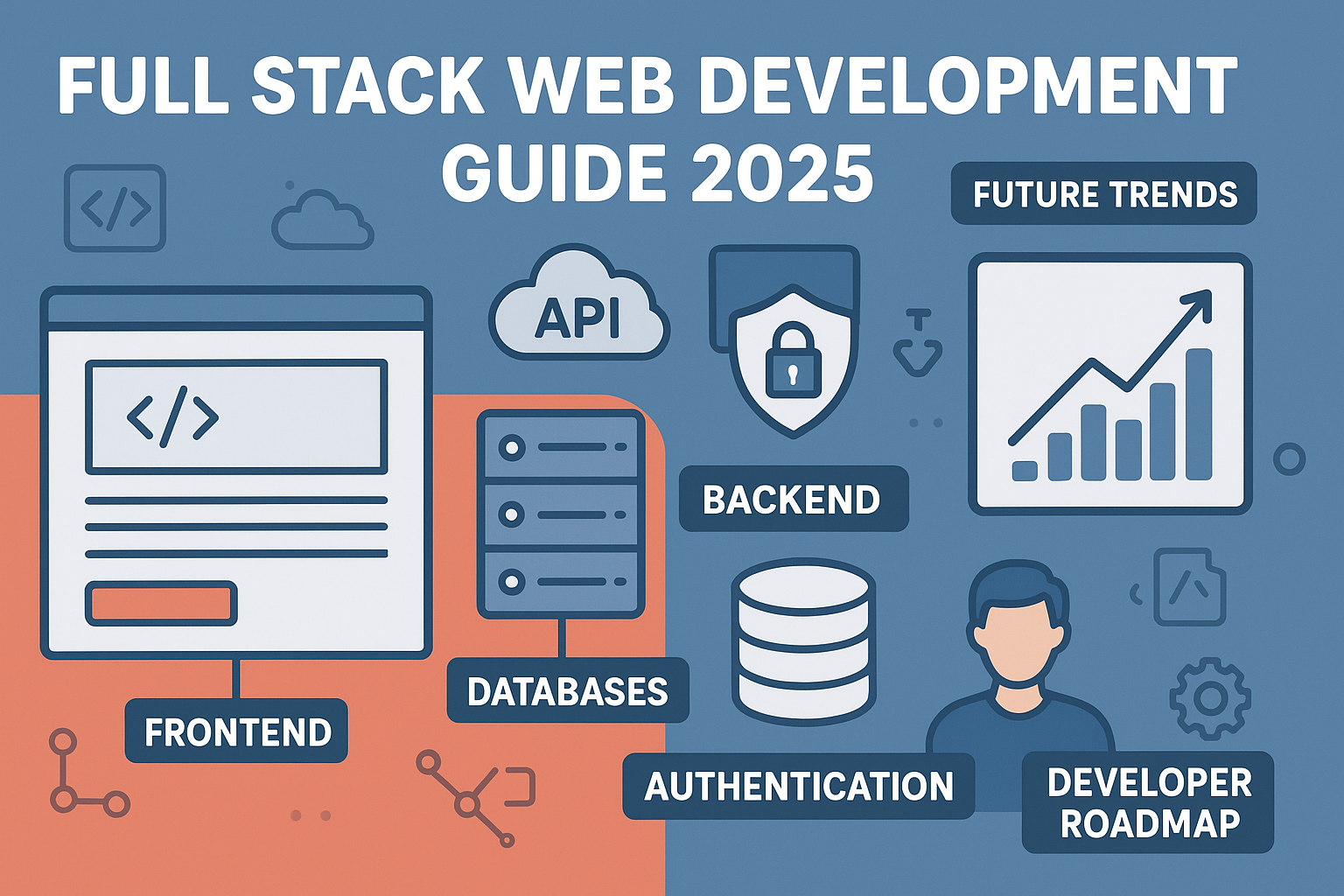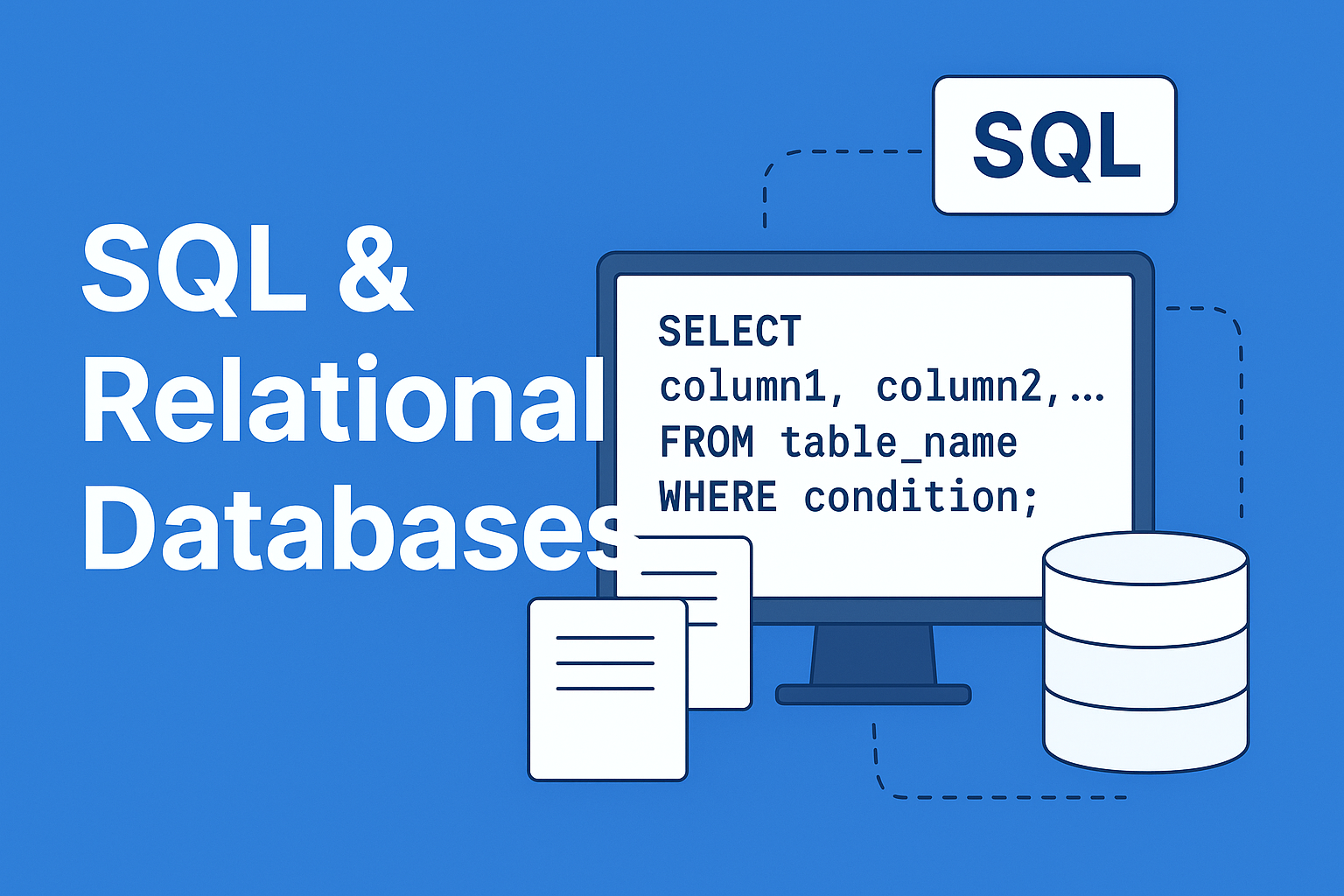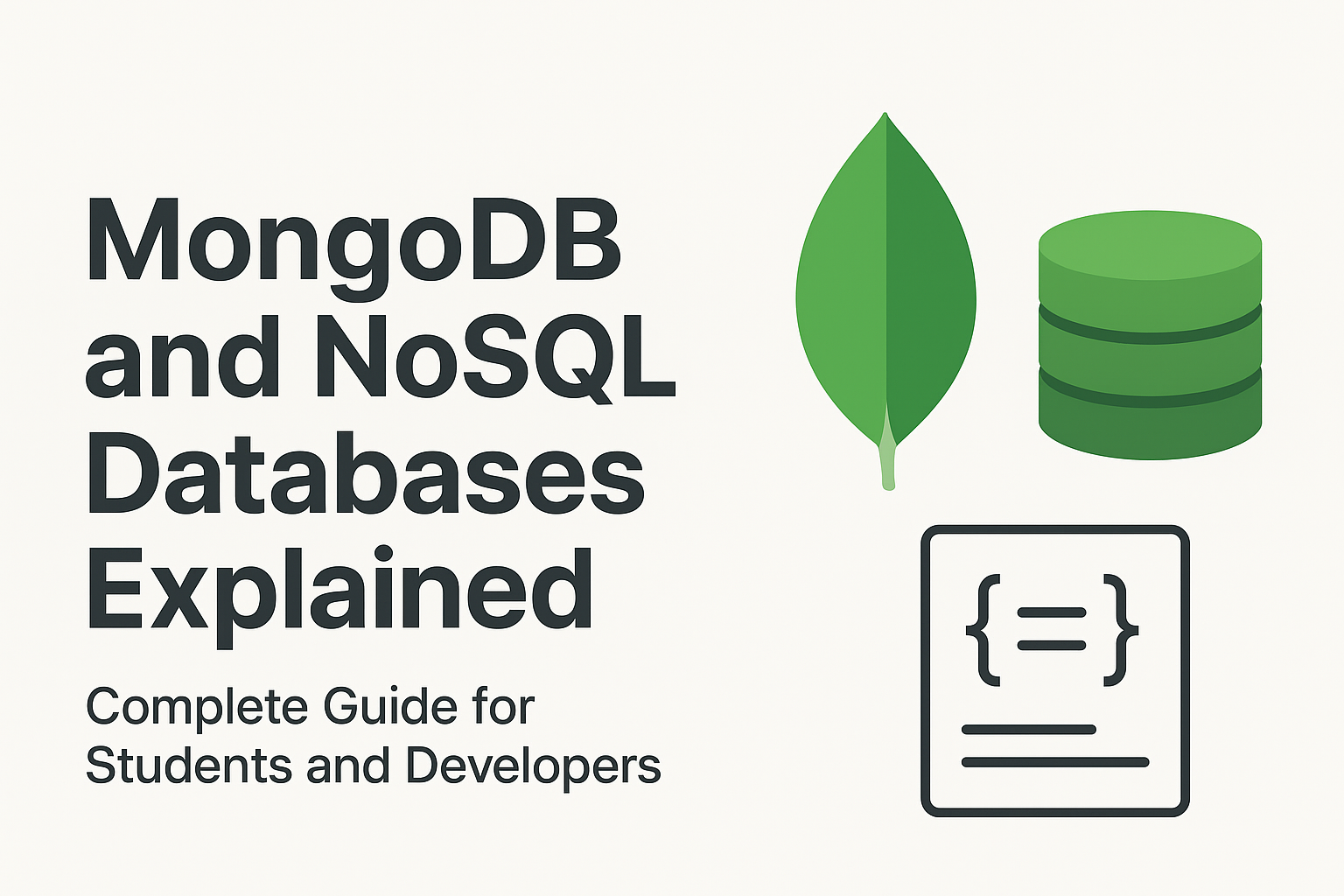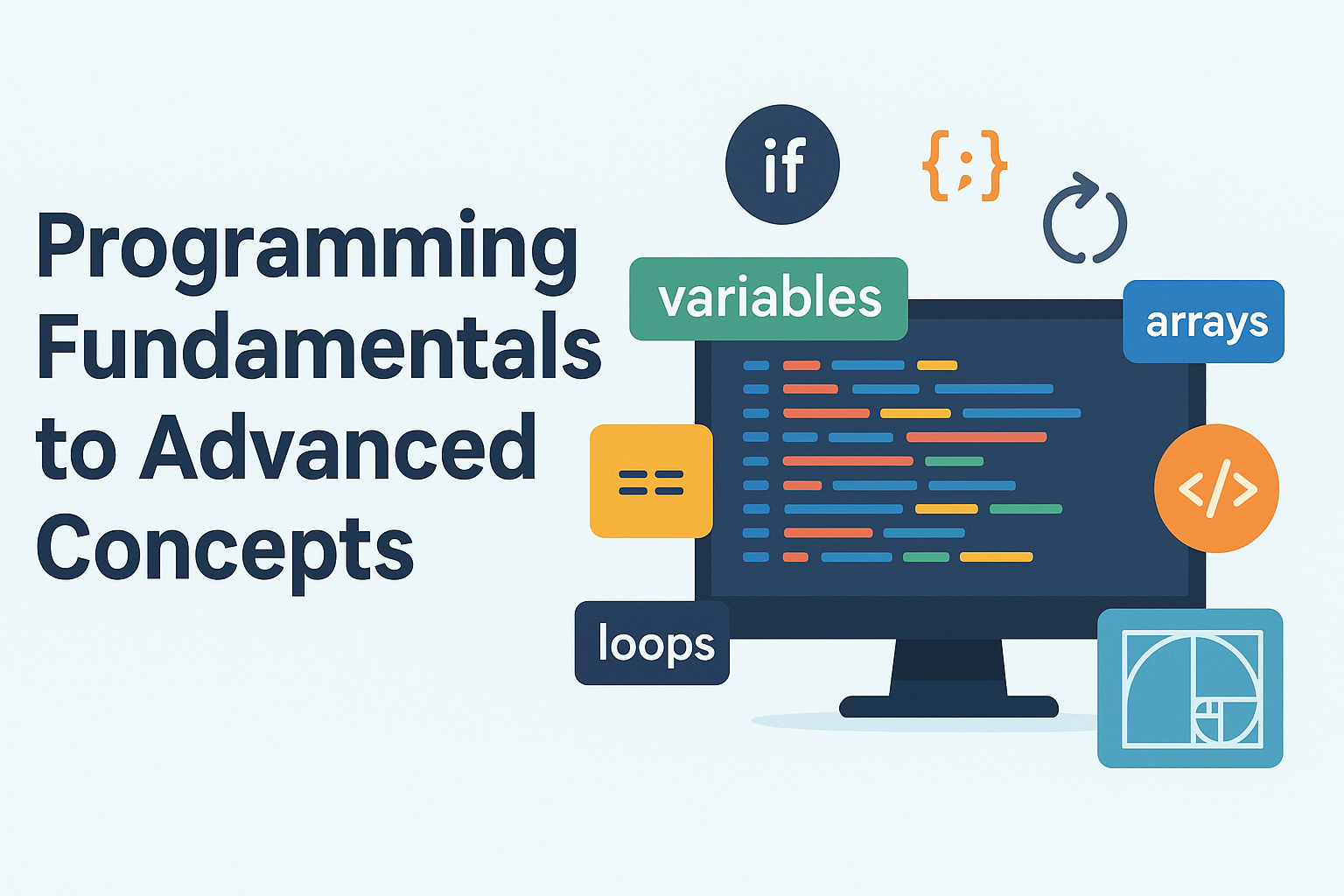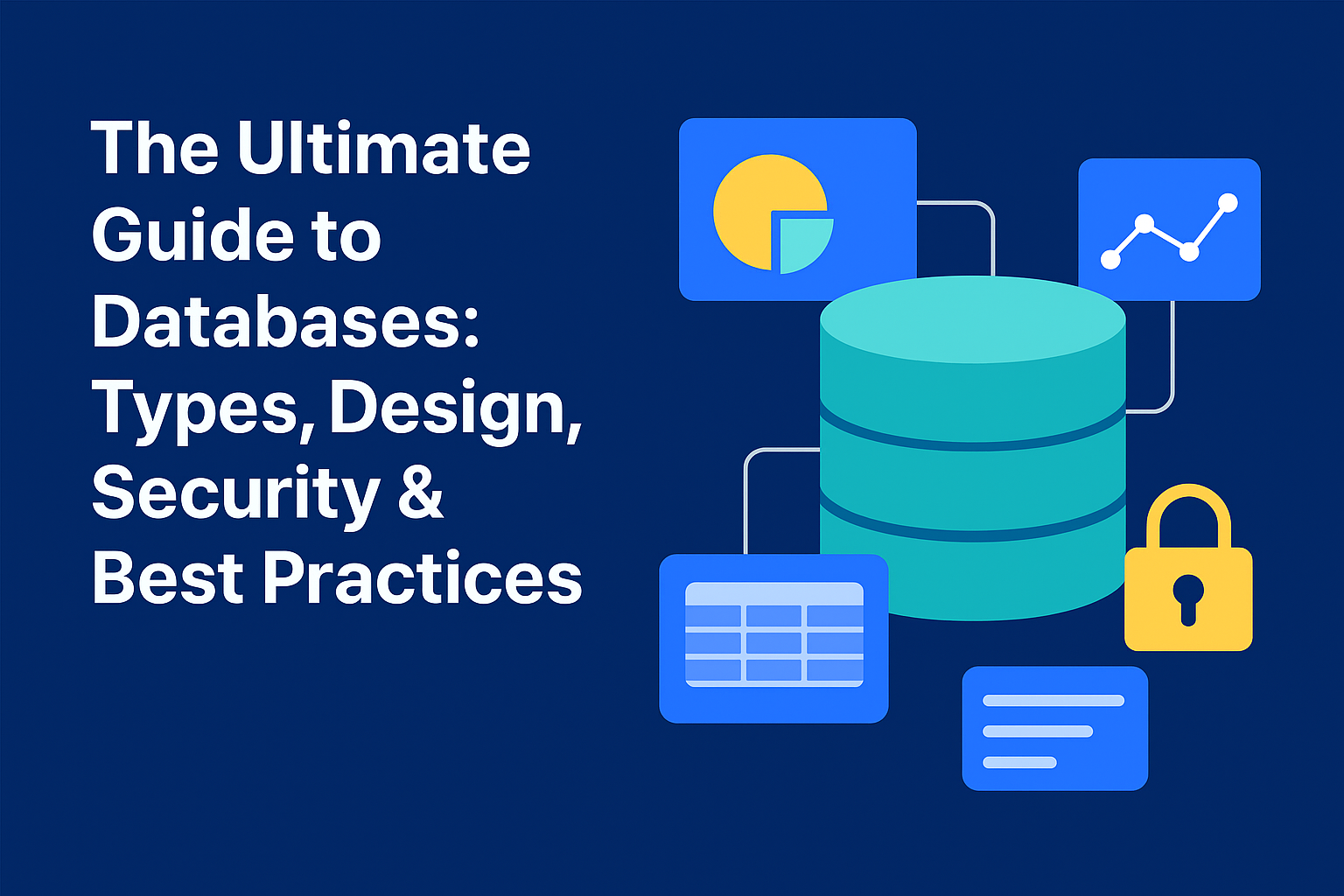Understanding Pseudocode in Programming – A Complete Guide for Beginners
Pseudocode is a crucial tool in the early stages of software development. It allows programmers and learners to plan, explain, and visualize the logic of a program without worrying about specific syntax. Whether you're designing an algorithm, preparing for coding interviews, or learning programming basics, pseudocode offers a language-agnostic approach to solving problems efficiently.
What is Pseudocode?
Pseudocode (short for "pseudo code") is an informal, plain-English representation of an algorithm or program logic. Unlike actual programming code, pseudocode is not written in a specific programming language and cannot be executed by a computer. Instead, it is used to outline what the program is supposed to do, step by step, making it easier to transition into real code later.
Why Use Pseudocode?
Pseudocode helps in:
- Planning: Mapping out program logic before implementation.
- Understanding: Making the program logic clear and language-independent.
- Collaboration: Bridging communication between technical and non-technical team members.
- Education: Teaching programming concepts without syntax-related distractions.
- Debugging Logic: Reviewing and improving logic before testing in actual code.
Rules for Writing Good Pseudocode
- Use simple, English-like statements.
- Do not follow the syntax of any particular language.
- Capitalize control structures (e.g., IF, THEN, ELSE, WHILE, FOR).
- Use consistent indentation for clarity and readability.
- Write one action per line to maintain a step-by-step format.
Structure of Pseudocode
A well-written pseudocode generally includes:
- START/END: Marks beginning and end of the logic
- Input/Output: Instructions to receive input or display output
- Conditions: Decision-making using IF/ELSE or SWITCH
- Loops: Repetition using FOR, WHILE, or DO-WHILE
- Processing Steps: Calculations, comparisons, or value updates
Example 1: Find Maximum of Two Numbers
START
Read number1
Read number2
IF number1 > number2 THEN
Display number1 is greater
ELSE
Display number2 is greater
ENDIF
END
Example 2: Calculate Factorial of a Number
START
Read number
Set factorial = 1
FOR i = 1 TO number DO
factorial = factorial * i
ENDFOR
Display factorial
END
Example 3: Check Even or Odd
START
Read number
IF number MOD 2 = 0 THEN
Display "Even Number"
ELSE
Display "Odd Number"
ENDIF
END
Example 4: Sum of First N Natural Numbers
START
Read n
Set sum = 0
FOR i = 1 TO n DO
sum = sum + i
ENDFOR
Display sum
END
Difference Between Pseudocode and Programming Code
| Pseudocode | Programming Code |
|---|---|
| Written in plain English | Written using language-specific syntax (C, Java, Python) |
| Cannot be executed by a computer | Can be compiled or interpreted by a computer |
| Focuses only on the logic of the program | Includes both logic and correct syntax rules |
| Easy for beginners and non-programmers to understand | Requires knowledge of specific programming language syntax |
| Used in planning and design stages | Used in development and production stages |
Benefits of Using Pseudocode
- Saves time and effort in the coding phase by organizing logic early.
- Reduces the number of bugs due to better design.
- Enhances algorithmic thinking and problem-solving ability.
- Helps in explaining code to peers, clients, or students.
- Essential in documentation and teaching logic-based subjects.
Best Practices for Writing Pseudocode
- Be consistent with indentation and formatting.
- Focus on clarity — avoid ambiguous or complex phrases.
- Use meaningful names for variables and processes.
- Revise and refine the pseudocode before implementation.
- Break large problems into smaller pseudocode blocks or functions.
Conclusion
Pseudocode bridges the gap between problem-solving and coding. It’s a universal tool that helps programmers visualize solutions, beginners learn logic without syntax stress, and teams communicate algorithm designs effectively. Whether you are preparing for coding interviews, writing technical documentation, or beginning your programming journey, pseudocode is an essential companion for structured thinking and reliable development.
